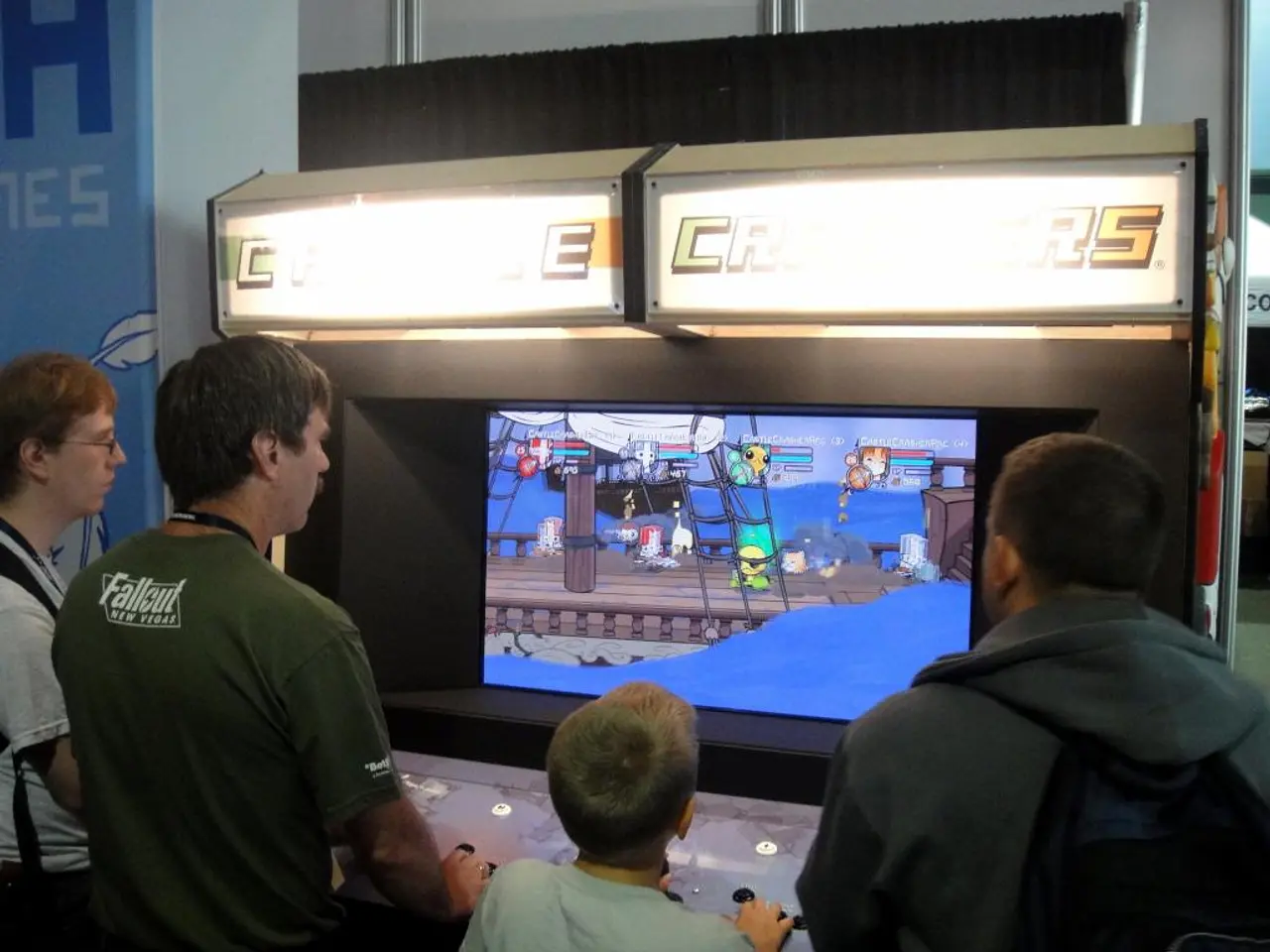User-Created Content Integrated in Cross-Platform Storytelling
In the ever-evolving world of transmedia storytelling, one trend has emerged as a game-changer: Player-Generated Content (PGC). This innovative approach allows audiences to become integral co-creators of the narrative, significantly enhancing the immersive world of storytelling.
One of the most notable advantages of PGC is its ability to deepen immersion. By integrating player-generated content into the narrative, audiences feel more invested in the story, as their contributions become part of the evolving narrative landscape. This participation fosters a deeper sense of immersion and emotional connection to the storyworld.
Moreover, PGC introduces variability and unpredictability into the narrative, allowing the story to evolve organically based on the contributions of the audience. This dynamic shift transforms the storytelling process from a fixed, linear progression to an adaptive, interactive experience.
PGC also promotes community interactivity, as players collaborate, share, and build upon each other's contributions. This communal aspect encourages social interaction and discussion, expanding the narrative beyond individual experiences into a shared, collective adventure.
Platforms designed to facilitate user-generated content, such as fan art, fan fiction, video games, and interactive stories, enable users to share their creations and engage with others' work, fostering a collaborative storytelling environment.
Incorporating gamification elements and story mechanics into digital narratives can further enhance the interactive nature of PGC. Players are motivated to contribute to the narrative through rewards, challenges, and progression systems, which personalize the experience.
Tools like the Active Story System provide structured methods for managing and integrating player-generated content into transmedia narratives. These frameworks help create immersive, multi-platform experiences by outlining processes for defining storyworlds and audience interactions.
PGC also allows communities to drive the narrative forward collectively. Fans can contribute new plotlines, characters, or settings, which are then integrated into the overarching story. This collaborative approach encourages diverse perspectives and ideas.
By incorporating feedback from the community, narratives can adapt more effectively to audience interests. This cyclical process of creation, feedback, and adaptation ensures that the narrative remains engaging and relevant to its audience.
Community-driven narratives can significantly expand the story universe, adding depth and complexity. Player-generated content can fill gaps in the storyline, introduce new characters, or explore alternate scenarios, enriching the narrative's richness and scope.
However, with this level of community involvement comes the responsibility to ensure a safe and inclusive environment. Content moderation is fundamental to maintaining standards and managing inappropriate or misleading content.
Virtual Reality (VR) and Augmented Reality (AR) technologies also enhance user immersion, allowing for a more interactive and engaging experience.
In conclusion, embracing player-generated content in transmedia narratives enriches the storytelling landscape with diverse perspectives and collaborative creativity. By leveraging interactive platforms, gamification, and structured storytelling frameworks, creators can unlock new levels of interaction and communal storytelling, enriching the overall narrative experience.
In the realm of transmedia storytelling, PGC (Player-Generated Content) has emerged as a transformative force, elevating the level of immersion. As audience contributions shape the narrative, a deeper emotional connection ensues, enhancing the story world's appeal.
The unpredictable nature of PGC adds an organic flavor to the narrative, making it evolve adaptively based on player contributions. This dynamic shift transcends the traditional, linear progression of stories, fostering an interactive experience instead.
PGC promotes communal storytelling, instigating collaboration, sharing, and building upon each other's contributions. This shared adventure rouses social interaction and discourse, broadening the narrative beyond individual experiences.
Platforms facilitating user-generated content, such as fan art, fan fiction, video games, and interactive stories, provide a space to share creations and engage with others' work, nurturing a collaborative storytelling environment.
Incorporating gamification elements and story mechanics into digital narratives intensifies the interactive experience. Rewards, challenges, and progression systems encourage players to actively contribute and personalize their experiences.
Tools like the Active Story System offer structured methods for managing and integrating player-generated content into transmedia narratives, fostering immersive, multi-platform experiences by defining storyworlds and audience interactions.
Community-driven narratives can propel the story forward collectively, with fans supplying new plotlines, characters, or settings that enrich the overall narrative's richness and scope.
By incorporating feedback from the community, narratives can adapt more effectively to audience interests, guaranteeing continued engagement and relevance. This feedback cycle ensures the narrative remains engaging, vibrant, and dynamic.
Player-generated content can fill the gaps in the storyline, introduce new characters, or explore alternate scenarios, enriching the narrative's complexity and depth.
Ensuring a safe and inclusive environment is crucial when incorporating community involvement. Content moderation becomes vital for managing inappropriate or misleading content effectively.
Virtual Reality (VR) and Augmented Reality (AR) technologies amplify user immersion, offering a more engaging and interactive storytelling experience.
In sum, embracing player-generated content in transmedia storytelling can significantly enrich the storytelling landscape by tapping into diverse perspectives and nurturing communal creativity. By leveraging interactive platforms, gamification, and structured storytelling frameworks, creators can unlock new levels of interaction and collaborative storytelling, leading to a more engaging and immersive narrative experience.
This immersive approach can also extend to various aspects of life, such as lifestyle, fashion, food, home, gadgets, and education, inspiring user engagement and creativity in numerous domains. Furthermore, it could be applied in the fields of artificial intelligence, data and cloud computing, sports, travel, entertainment, career development, job search, and even books, fostering an interconnected web of user-generated content and storytelling opportunities. For instance, sports followers could contribute to fan-led narratives in the WNBA, NBA, or NCAA Basketball, adding an extra layer of community interactivity to their fandom.
In essence, the horizon of transmedia storytelling is vast, brimming with potential. By empowering the audience, creators can craft compelling, immersive narratives that resonate on a deeper level, connecting people through shared stories and experiences in the digital age.




